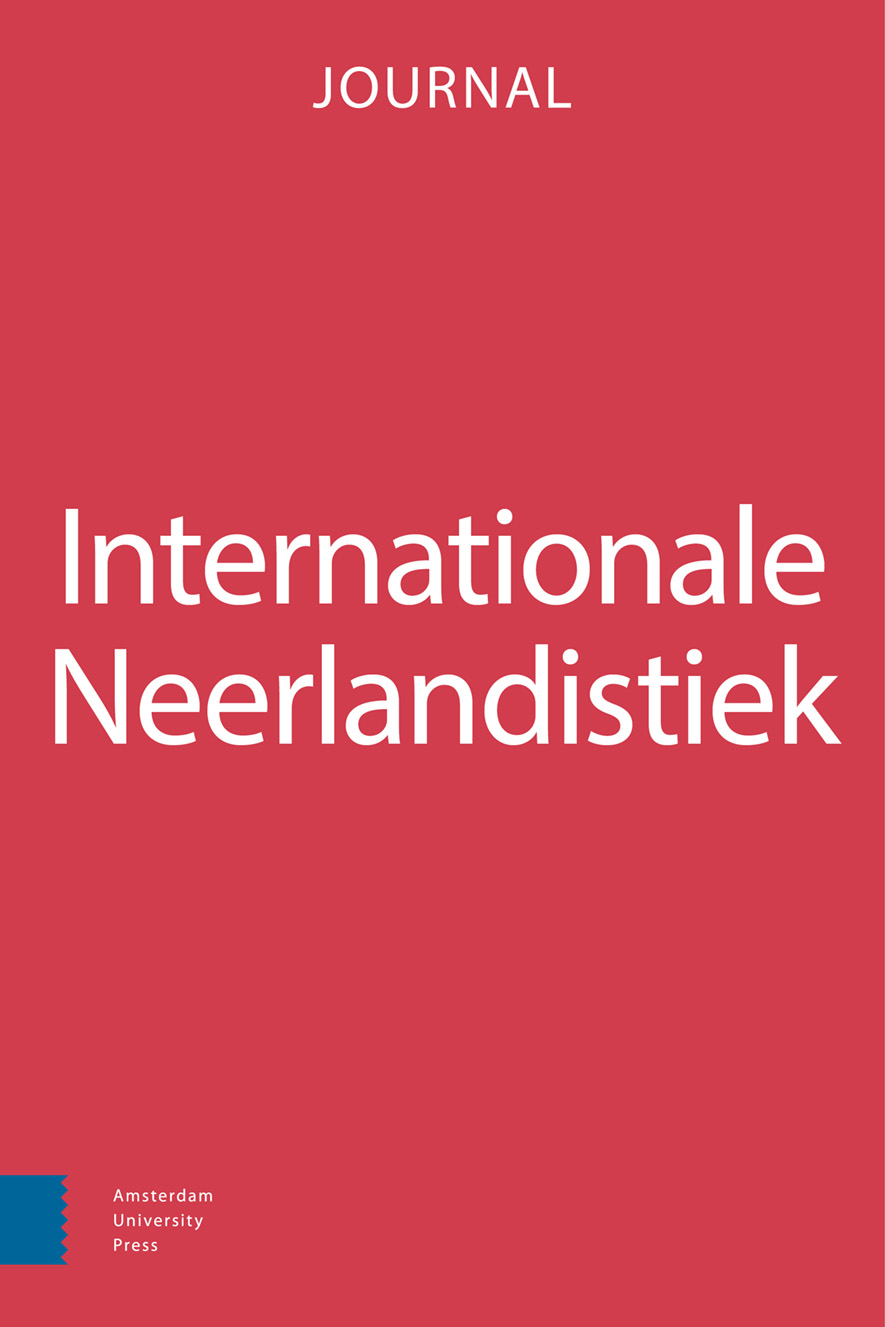-
oa Meertaligheid: Nederlands na Duits en Engels
- Amsterdam University Press
- Source: Internationale Neerlandistiek, Volume 50, Issue 3, mei 2012, p. 100 - 128
- Vorig Artikel
- Inhoudsopgave
- Volgend Artikel
Samenvatting
Dutch is a typical 'third language'. Most learners have knowledge of other languages before they start to learn Dutch. One or two of these languages are closely related to Dutch, English and/or German. When L3-learners come across a new language for the first time, it can be observed that they try to make use of languages they learned before. Experienced language learners often perform better than less experienced subjects. Furthermore, prior research shows that related languages will contribute more to intelligibility than less related languages do.
The objects of this study were 42 German multilinguals reading a Dutch text without knowledge of this language. They mainly differ according to their language background and language learning experience. The results indicate that the experienced learners use more inferring strategies than the less experienced learners and that German is indeed the preferred source of transfer. However, the experienced multilinguals do not show a significantly different metalinguistic strategy pattern, and some regard Scandinavian words as being much more transferable than one might expect. This leads to the assumption that their explicit knowledge about language relatedness and their linguistic knowledge is not fully available in reading comprehension. Finally, the author offers some suggestions as to the direction explanations might take.


